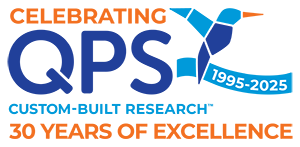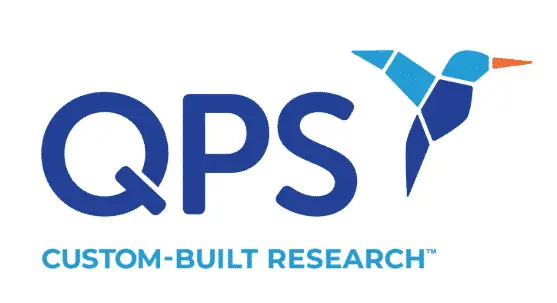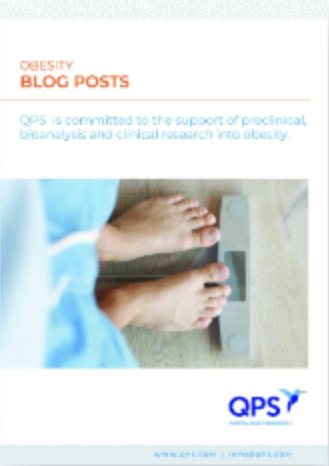The COVID-19 pandemic has highlighted the importance of vaccines in protecting public health. This blog provides an overview of current vaccine research and development programs worldwide.
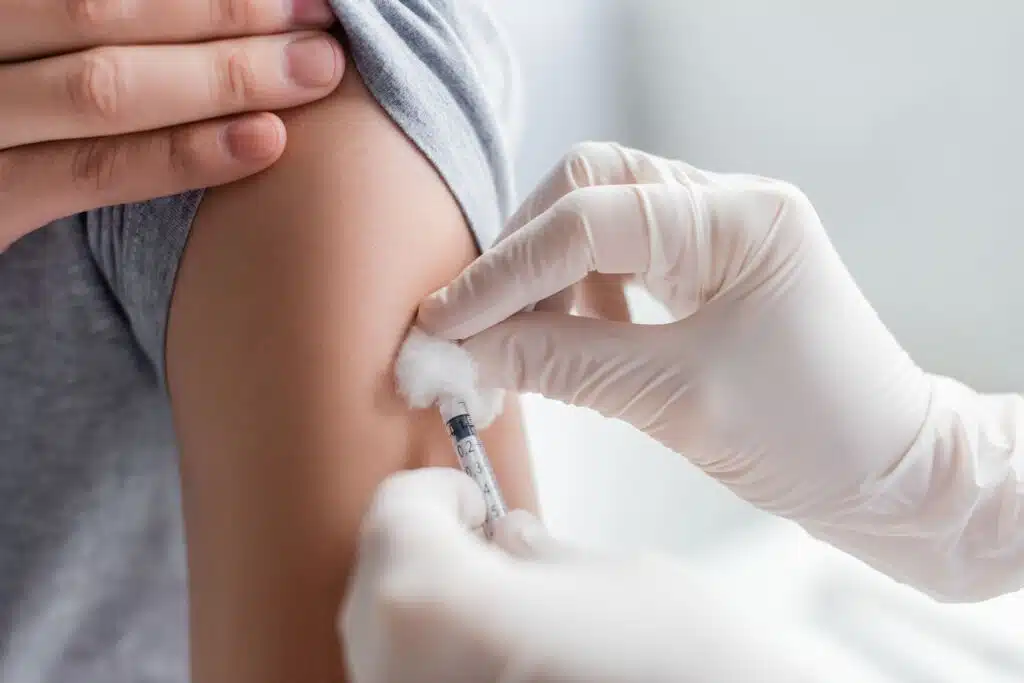
Diverse Platforms
Among the 966 vaccine candidates in development, 23% represent traditional, inactivated or attenuated, vaccines. Advancements in molecular technologies have given rise to novel platforms, including recombinant protein vaccines, nucleic acid vaccines, and viral vector vaccines, diversifying the vaccine development pipeline.
Recombinant Proteins Take Center Stage
Compared to other vaccine platforms, recombinant protein vaccines have more candidates in Phase I development (approximately 100) and account for the largest share of vaccines in development at 22%, with 215 total candidates. Their well-established safety record, stability, and ease of manufacturing account for their high representation.
Nucleic Acid Vaccines Gain Momentum
The success of mRNA vaccines against SARS-CoV-2 has propelled nucleic acid vaccine platforms, including RNA and DNA vaccines, to the second-largest segment of the global pipeline at 18%. These platforms are highly adaptable in addressing pathogens with variable target antigens. Such vaccines are in development against SARS-CoV-2 (95 candidates), influenza (24 candidates), and HIV (21 candidates).
Viral Vector Vaccines Emerge
Viral vector vaccines, accounting for 133 candidates and 14% of the total, are gaining attention for their ability to induce potent and lasting immune responses. Viral vectors being used include adenoviruses, retroviruses, lentiviruses, and poxviruses. Notably, adenoviral vectors, with 82 candidates, have been pivotal in vaccine development for diseases including Ebola, HIV, influenza, and SARS-CoV-2.
Conjugate Vaccines
Conjugate vaccines, with 11% of candidates, are often designed against pathogens such as meningococcus, pneumococcus, and Haemophilus influenzae. They enhance immunogenicity and stability by linking immunogenic protein carriers to capsular polysaccharides or peptides.
Targeting Infectious Diseases
The top three diseases at the forefront of vaccine development are viral: SARS-CoV-2 (25% of total), influenza (11%), and HIV (9%). For SARS-CoV-2, of the 64 candidates in Phase III trials or with submitted regulatory applications, 47% are mRNA vaccines. There are also at least 14 nasal vaccines in development. In HIV, challenges include the virus’ genetic variability and glycosylation, but hope lies in mRNA and viral vector vaccines inducing broadly neutralizing antibodies. Compared to the significant use of advanced technologies in HIV vaccine development, 40% of influenza vaccine candidates are inactivated vaccines. Universal influenza vaccine candidates targeting conserved epitopes in viral proteins aim to minimize vaccination frequency. Six such candidates are in Phase III trials.
Other Diseases and Pathogens
Beyond the three disease targets described above, vaccines are in development for respiratory syncytial virus (RSV) (3% of total vaccines in development), malaria (6%), and pneumococci (4%), with various platforms being explored. Two recombinant protein vaccines against RSV have been approved, and an mRNA vaccine for RSV has received breakthrough therapy designation from the FDA.
Global Distribution of Research and Development Efforts
Vaccine research and development is predominantly concentrated in the United States, China, and Western Europe, with regional preferences for technology platforms. The US pipeline includes more nucleic acid vaccine candidates, while China has fewer viral vector vaccine candidates and a higher proportion of inactivated vaccine candidates than the US and Western Europe. Globally, most candidates are developed by private companies or industry. Academic and non-profit organizations lead in HIV and malaria vaccine development.
On the Vaccine Development Horizon
Technically, the continued success of vaccine development hinges on effective antigen identification and the application of appropriate technology platforms. Logistically, global collaboration and coordination are essential for quickly and efficiently developing vaccines in response to public health emergencies, as demonstrated during the COVID-19 pandemic.
In conclusion, current vaccine research and development is dynamic and diverse, with multiple technologies and disease targets driving innovation and progress. Collaboration and global cooperation have never been more critical for public health, from sharing scientific resources to coordinating research and development efforts and creating systems to respond to disease outbreaks.
Did you enjoy this blog post? Check out our other blog posts as well as related topics on our Webinar page.
QPS is a GLP- and GCP-compliant contract research organization (CRO) delivering the highest grade of discovery, preclinical and clinical drug research development services. Since 1995, it has grown from a tiny bioanalysis shop to a full-service CRO with 1,100+ employees in the U.S., Europe and Asia. Today, QPS offers expanded pharmaceutical contract R&D services with special expertise in neuropharmacology, DMPK, toxicology, bioanalysis, translational medicine and clinical development. An award-winning leader focused on bioanalytics and clinical trials, QPS is known for proven quality standards, technical expertise, a flexible approach to research, client satisfaction and turnkey laboratories and facilities. Through continual enhancements in capacities and resources, QPS stands tall in its commitment to delivering superior quality, skilled performance and trusted service to its valued customers. For more information, visit qpsoldstg.wpenginepowered.com or email info@qps.com.
